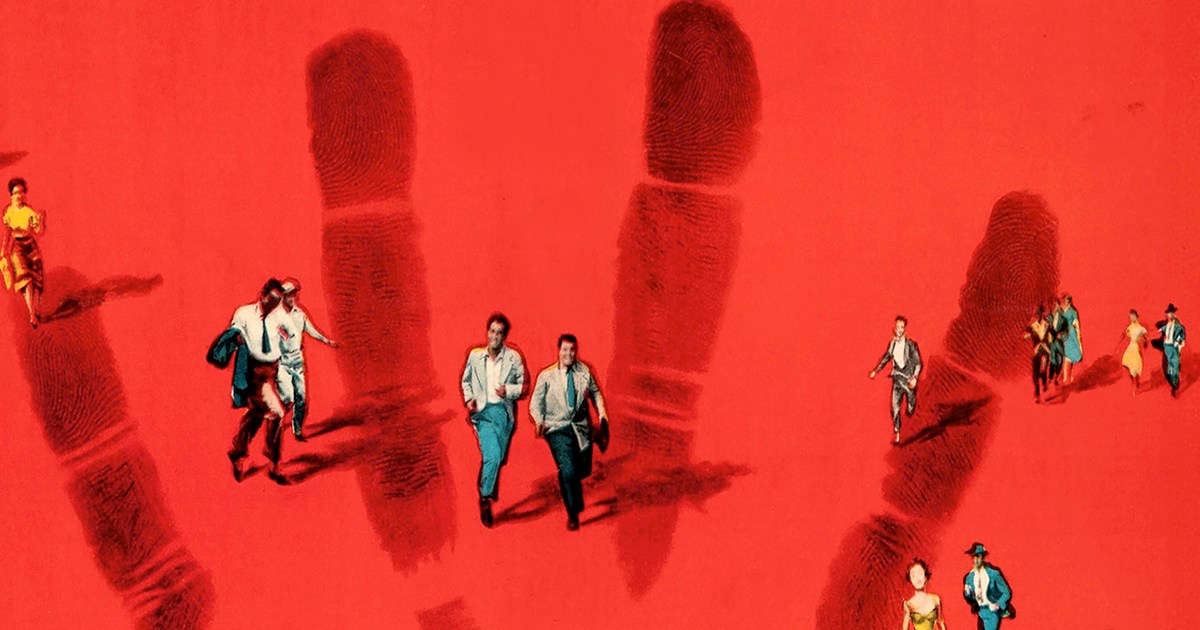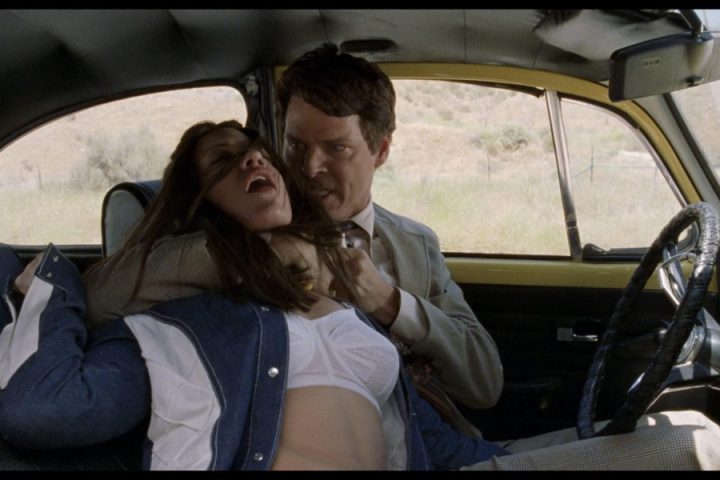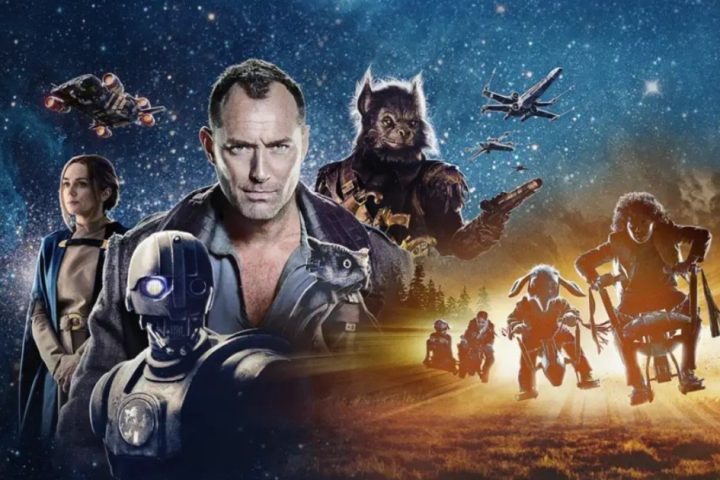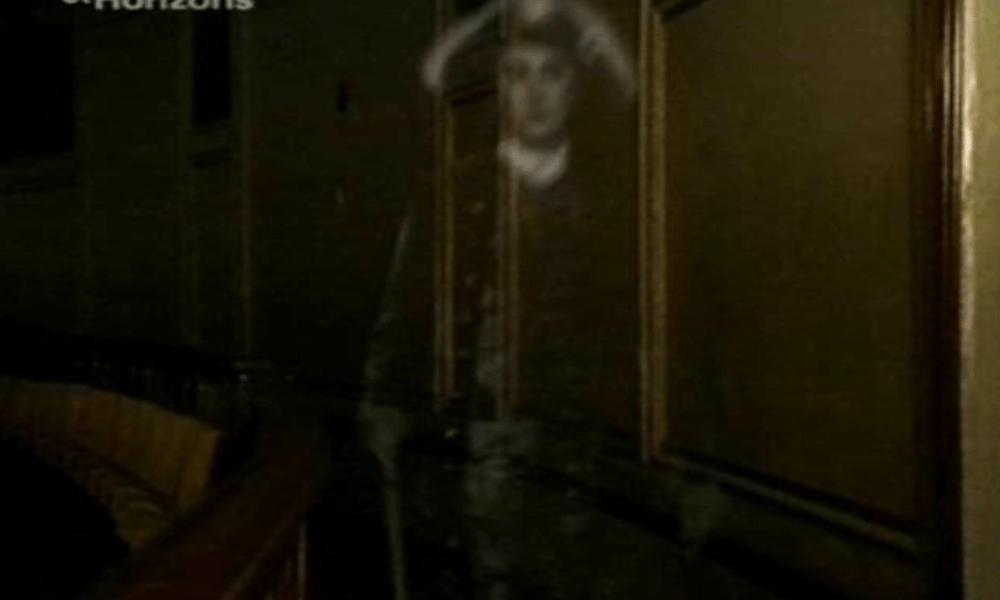Imagine waking up one day to find that the person you love is no longer who you thought they were. The warmth and affection you once shared have vanished, replaced by an allegiance to a group that seeks to control and suppress you. You can’t reason with them, knowing they’re waiting for the perfect moment to strike. Your only hope for survival is to stay awake indefinitely and pray that others believe your story.
This chilling scenario is a recurring theme in popular culture, most notably in Jack Finney’s The Body Snatchers. This magazine serial-turned-novel has been adapted into a movie for each generation, each time symbolizing a different societal fear. Today, it could represent the political divide within families; in the past, it critiqued the military and the hippie counterculture. The first film adaptation, Don Siegel’s 1956 Invasion of the Body Snatchers, is a bit of a rorschach test. The “pod people” represent whatever conformist movement you fear the most.
[Note: images in this review are stills from the movie, not screencaps from the 4K]
The Looming Danger
Like The Twilight Zone, Invasion of the Body Snatchers stands the test of time because it relies on compelling storytelling and strong performances rather than flashy special effects. The film’s limited effects, a mix of life-casts and active soap suds, hold up surprisingly well. But it’s Kevin McCarthy’s performance, in the role that defined his career, that truly sets the film apart. McCarthy’s character is a refreshing departure from the typical handsome, two-dimensional heroes of ’50s alien invasion movies. He’s a normal guy with a hint of something unsettling lurking beneath the surface.

The story unfolds slowly, with McCarthy’s Dr. Miles Bennell returning home from a medical conference to find his neighbors complaining about their relatives acting strangely. It seems like a mass delusion until the previously hysterical patients suddenly declare that everything is normal again, in an eerily calm manner.
Doppelgängers on the Loose?
Eventually, Bennell stumbles upon strange body doubles and giant alien seed pods that produce human replicas. The film then shifts into a thrilling chase as Bennell tries to escape a town that’s been completely taken over. The film ends on an ambiguous note, leaving viewers to wonder if the military can defeat the pods completely.

Interestingly, Finney’s novel ends on a hopeful note, with the Body Snatchers conceding defeat and returning to space. This optimistic ending has never been replicated in the film adaptations, perhaps making the movies seem more politically charged. They suggest an existential threat that cannot be easily overcome.
The first film is often interpreted as anti-Communist, a product of the Cold War, and a reflection of director Don Siegel’s right-wing politics. However, Siegel rejected this narrow interpretation, while Finney drew his inspiration from TV commercials and the unified pop culture of his time. In today’s fragmented media landscape, this might seem almost quaint.
In the Clear Light of Day…
The new 4K transfer offers both Siegel’s shooting ratio of 1.85 and the projected “Superscope” version with an ultra-widescreen 2.00 ratio. Both versions are visually impressive, with clear night scenes and impeccable black and gray levels. The vintage trailer on the disc, in stark contrast, looks like a scene from THX-1138. (A trailer for the 1978 remake is also included.)

The disc — both the 4K and the included Blu-ray — features four commentary tracks, two of which are from the 2018 Olive Films Blu-ray. The first features leads McCarthy and Dana Wynter in conversation with Joe Dante, a superfan of the film. The other archival commentary is from film historian Richard Harland Smith, who provides a wealth of factual information and trivia.
Fan Favorites
Additional commentaries include one by film scholar Jason A. Ney, who frequently compares the movie to the book, and one by historians Steve Mitchell and Nathaniel Thompson, who discuss their favorite elements of the film and how Siegel pulled it off.

The Blu-ray includes other archival featurettes — one with Joe Dante and Larry Cohen discussing their love of the film, one with Siegel’s son Kristoffer Tabori reading his father’s writings on the film and offering commentary of his own, and finally a brief biography of producer Walter Wanger, narrated by historian Matthew Bernstein. Wanger’s own left-wing politics and opposition to HUAC may help debunk the notion that the film is about Communists.
Regardless of its political interpretation, the beauty of the premise is that it could be about almost anything, from religious cults to age-related dementia. It’s about a loss of control that’s absolutely out of your hands, though you might be able to outrun it for a time. It was a rare genre B-movie aimed at adults at the time, albeit one kids wanted to see anyway. As such, it may feel slow to younger viewers today, but the buildup is worth it when the payoff comes. In this fine Kino Lorber presentation, you also get to learn nearly every detail about its creation from those who were there, those who loved it then, and those who’ve studied it as history.
Grade: 5/5
Kino Lorber’s Invasion of the Body Snatchers on 4K is available now.







